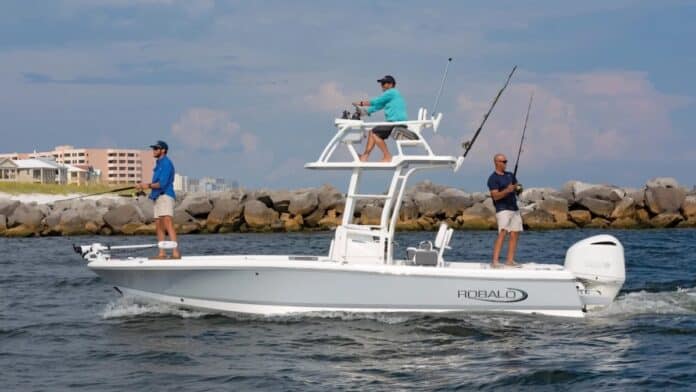Marine Products Corporation net sales decreased 3% year-over-year for the second quarter ending June 30 2025 to $67.7 million, with net income down 25% to $4.2 million.
Net income margin decreased to 6.1% with earnings before interest, taxes, depreciation and amortisation (EBITDA) $5.6 million, down 13% year-over-year.
Marine Products EBITDA margin decreased to 8.3%.
Second quarter sales were down 3% year-over-year, however, shipments and sales grew in the quarter.
The decrease in net sales was primarily due to a 13% decrease in the number of boats sold during the quarter, offset by a price/mix increase of 10%.
Marine Products Corporation says the year-over-year sales decline was more modest versus recent quarters as comparisons ease and field inventories return to more balanced levels.
Second quarter results reflected a stabilisation of demand and a more balanced environment.
Ben Palmer
The company’s field unit inventory at the end of the quarter was approximately 11% below the same period in 2024.
Gross profit was $12.9 million, down 2%. Gross margin was 19.1%.
Gross margin improved as production schedules stabilised with demand resulting in manufacturing cost efficiencies.
The manufacturer of Chaparral and Robalo fibreglass boats says effective management of field inventory has allowed it to maintain reasonable production levels and manage operational efficiencies during the quarter.
“Second quarter results reflected a stabilisation of demand and a more balanced environment,” explained Ben Palmer, Marine Products’ president and chief executive officer.
“We are excited about our model year 2026 introductions, which feature new models, enhancements across the entire portfolio, and thoughtful approaches to offer cost-effective alternatives.”
And he explained that tariffs and macro risks remain, with dealers and retail consumers remaining cautious.
“Thus far, supplier cost increases have been manageable, alleviating the concern that the 2026 model year pricing would be up significantly, but risks still persist as tariff policies continue to evolve,” added Ben.




